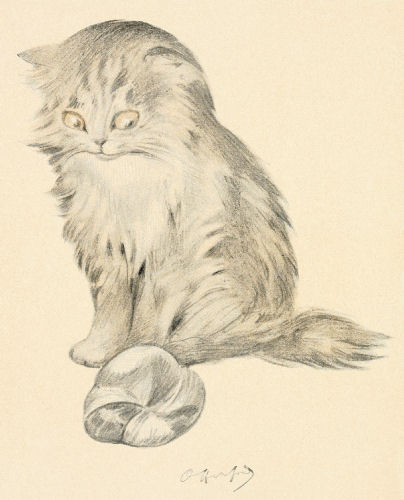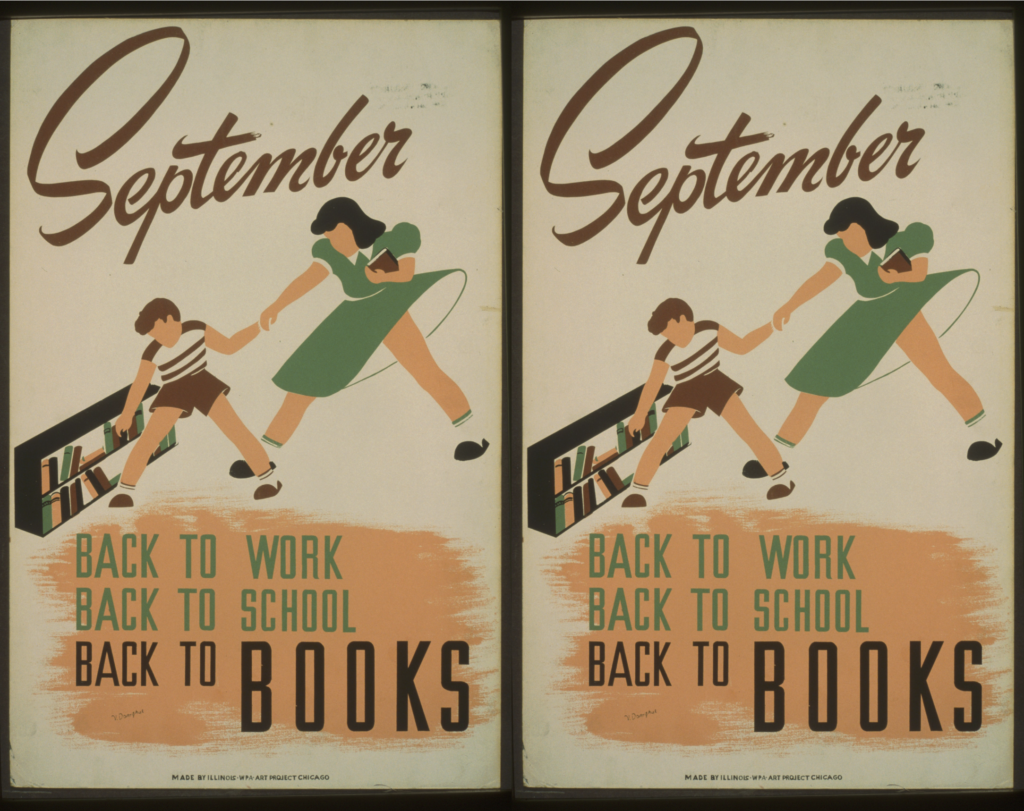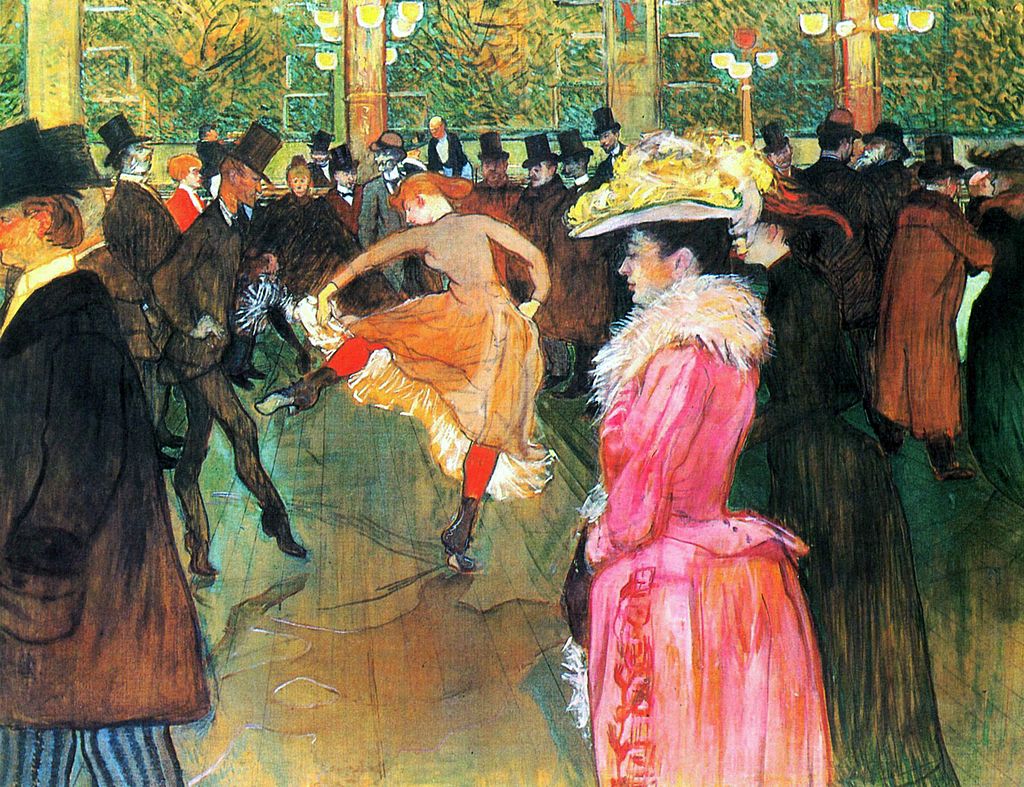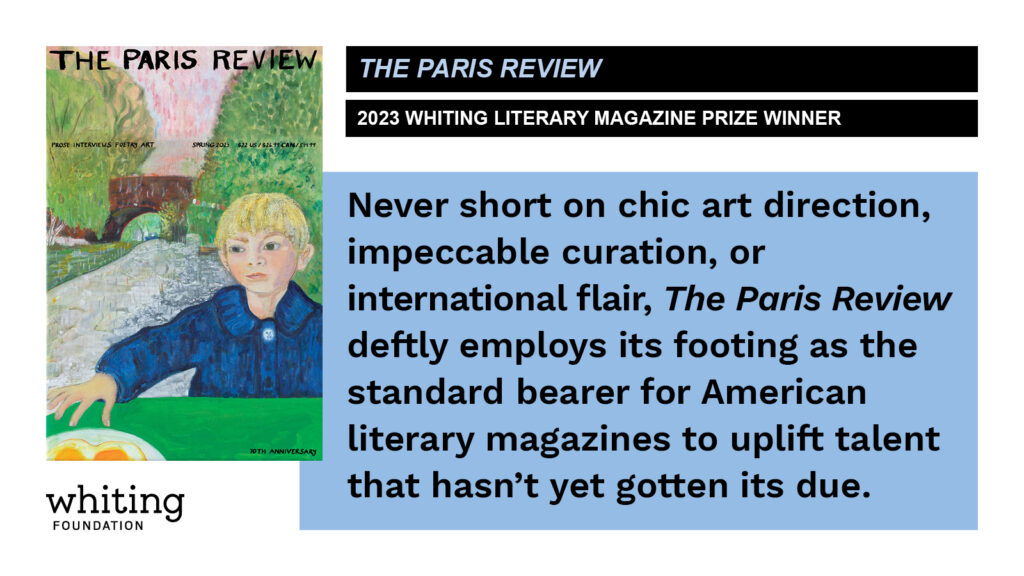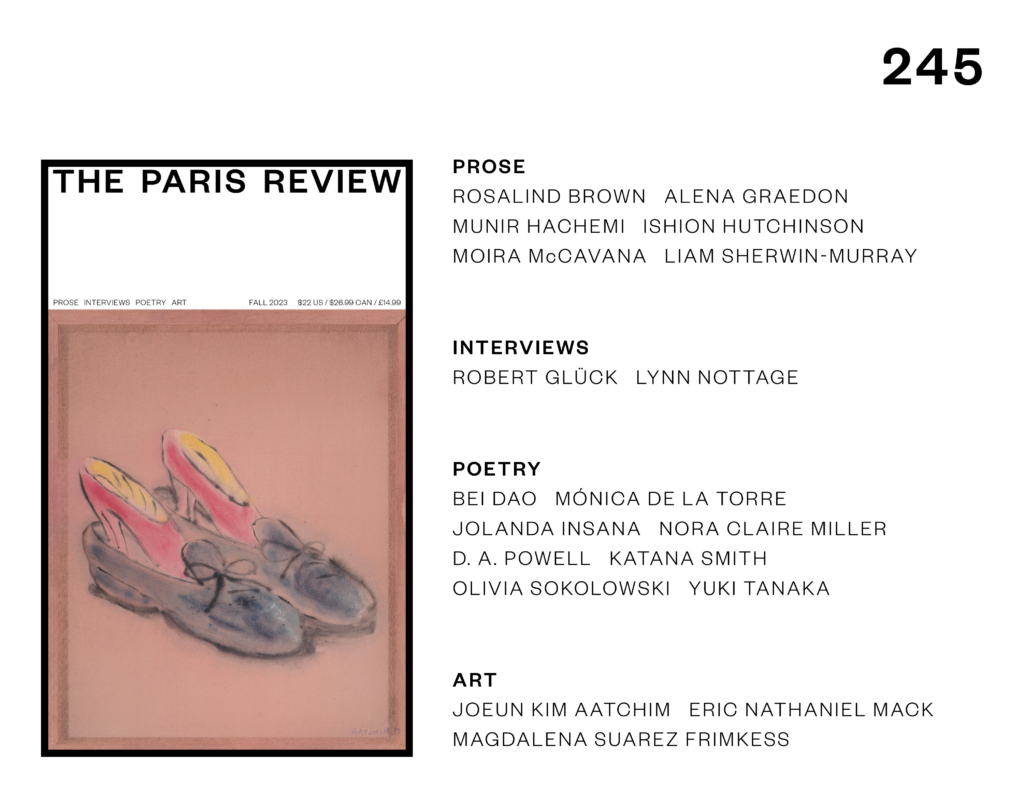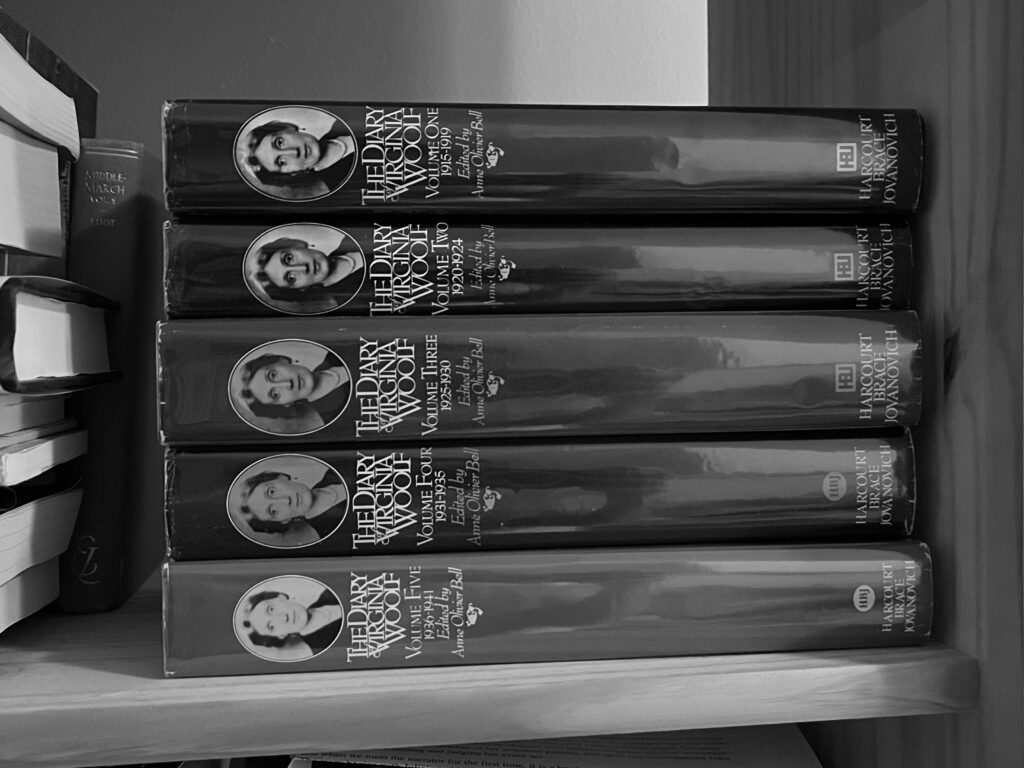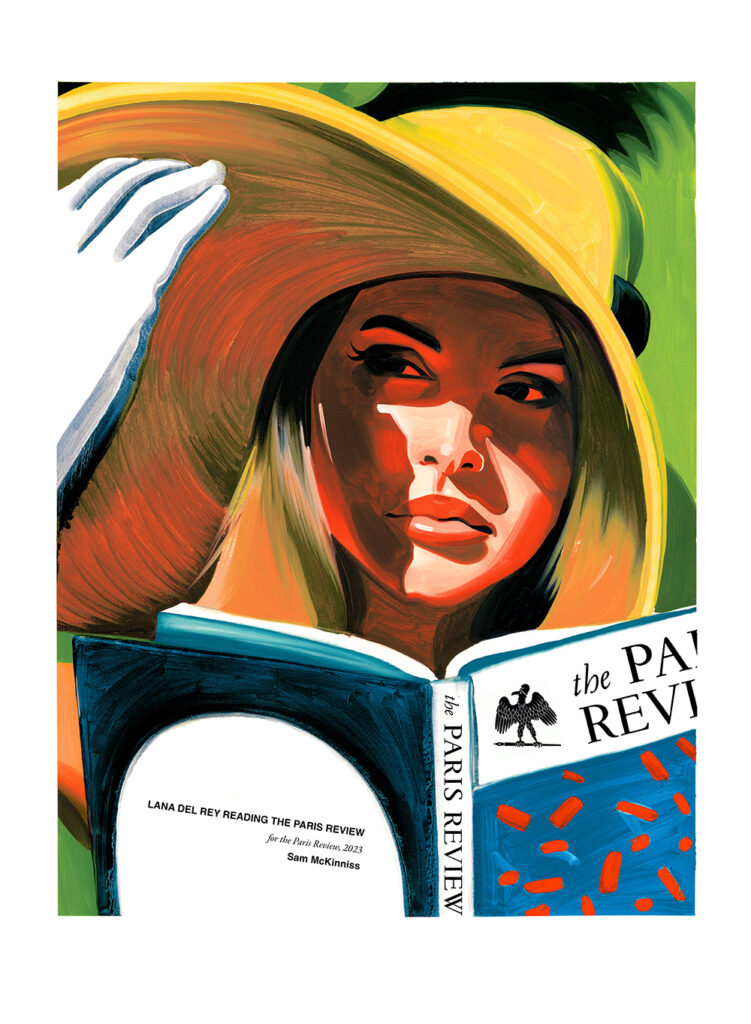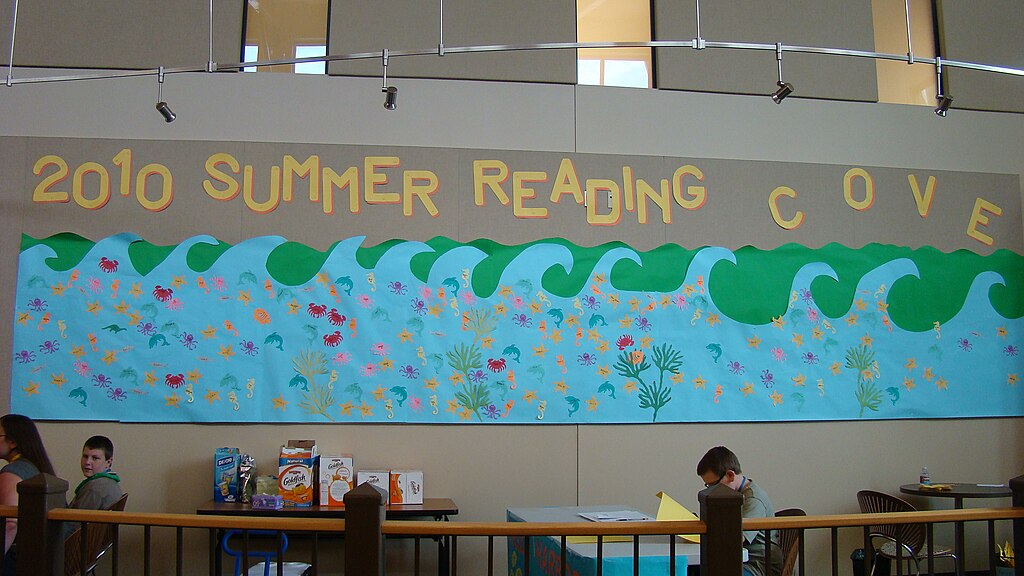Cat Playing by Oliver Herford. Public Domain, Courtesy of Wikimedia Commons.
What’s your favorite Dawn Powell book? I’m beginning this way because critical essays on Dawn Powell always emphasize her obscurity, her failure to achieve fame or fortune in her lifetime (1896–1965) despite her enormous output. Just once, I want to skip that part. Let’s pretend I’m writing this from a parallel universe where Dawn Powell is the literary legend she deserves to be, where everyone knows the story of the Ohio-born New Yorker whose sparkling, lacerating fiction distilled the spirit of the city. And maybe you really do have a favorite Dawn Powell book. Mine is A Time to Be Born (1942), no question—the other day I was rereading it in the park and attracting stares because I kept laughing at its farcical scenes and snappy one-liners (“They couldn’t have disliked each other more if they’d been brothers”). But you might instead be partial to The Locusts Have No King (1948), or to her luminous short-story collection, Sunday, Monday, and Always (1952). Or maybe you prefer The Diaries of Dawn Powell, 1931–1965, which weren’t even written for publication (they weren’t printed until 1995) but rank among her funniest work. If you love those diaries and have a trollish sense of humor (which, if you love Dawn, you probably do), you might give me a joke answer: Your favorite Dawn Powell book is Yow.
Yow was Dawn Powell’s first and only children’s book project—as she put it in her diary, “a story to be read aloud.” All its characters were cats; the conceit was “a complete cat-world with humans as pets.” She wrote it in 1950. No, 1952. Actually, 1954. Make that 1955. Okay, 1956. Just kidding. Yow doesn’t exist. Or, rather, it exists only in the diaries, as a project that Powell is constantly on the verge of starting. She spent the final sixteen years of her life resolving over and over—for real this time!—to write “the cat book.” Even on her deathbed, Powell refused to give up on Yow. “Drying up, weak, no appetite,” she wrote in one of her last entries ever. “Will take liquid opium plus pills I guess. God how wonderful if I could get some writing done—if, for instance, I could knock off the cat book just for fun.”
Heaven knows it’s not unusual for writers to have ideas and not follow through on them. (You should see my diaries.) But it fascinates me that Powell was so utterly defeated by a kids’ book about kitty cats, because writing usually came so easily to her. From the twenties onward, she published a new novel every other year, in addition to ten plays and around a hundred short stories in her lifetime. On the side, for extra cash, she churned out book reviews and the occasional Hollywood screenplay. She did all this while managing her institutionalized son’s medical care, her husband’s alcoholism, and her highly active social life in New York City (and, relatedly, her own borderline alcoholism). Powell had many problems, but writer’s block was never one of them. On February 14, 1962, she recorded the death of her husband: “Joe died at about 2:30.” Five days later, she wrote: “Fatigued, numb, brainfogged yet must reassemble novel. … Must have it done by Monday.” And she did.
Yet Yow wouldn’t come. Hubris, it appears, was at least partly her downfall: she assumed that a children’s book would be easy to write, a mindless hack job. Her diaries are full of self-reminders to get Yow over with, as if it were a dental cleaning. On April 2, 1950: “Remember to do cat book for Julia Ellsworth Ford juvenile prize.” July 15, 1954: “Plan to finish Eva story, also ‘Yow’ story over weekend, maybe.” December 16, 1961: “Will do the Scrubwoman story and ‘Yow.’ ” March 15, 1965: “Getting excited and clarified on novel. Would like to rush it—also do the lovely play and the ‘Summer Rose’ one and the cat one.” Even in that deathbed entry, “the cat book” isn’t a grand plan; it’s something she hopes to “knock off.”
Copyright
© The Paris Review

